East Coast
Sri Lanka’s picturesque East Coast is enjoying a renaissance. The sun-kissed beaches and exotic marine life of Trincomalee; the world-renowned surfing beaches in Arugam Bay; Batticaloa’s tranquil lagoons and waterways; the wild elephants of Gal Oya National Park in Ampara; and a vibrant multi-ethnic cultural heritage all make this a fascinating region which has come alive again for tourists. The best East coast weather is from March to September, although out of season also has its rewards. Surfing season in Arugam Bay is from about June to August.
Weather
Sri Lanka’s east coast comes into its own while the rest of the island is experiencing monsoonal rains. The best weather is from April to September, with the monsoon running from October until January. Sri Lanka is affected by two separate monsoons which generally means that there is usually good weather somewhere. Essentially the main south-west (“yala”) monsoon brings rain to the west and south-west coasts and hill country largely between May and July. The less severe north-east (“maha”) monsoon hits the east coast – including the cultural triangle – predominantly from November to January. There is also an inter-monsoonal period of unsettled weather preceding the Maha monsoon in October during which heavy rainfall can occur anywhere across the island.
Getting There
The A15 coast road now extends from Trincomalee in the north east to Arugam Bay in the south east. Old ferry services have now given way to extended bridges. Trinco can also be reached on the A6 route via Habarana. Pasikudah Bay, an hour south of Trinco, can also be reached from Habarana via Polonnaruwa. Arugam Bay can be reached from the southern highlands and the South Coast via Buttala and Wellawaya. Allow eight hours from Colombo.

Koneswarum Kovil
The Koneswarum Kovil in Trincomalee is a Hindu kovil which sits atop Swami Rock, also referred to as ‘Lovers Leap’, a sheer cliff which stands 350ft above sea level close to Fort Frederick. It is said that the name `Lovers Leap’ was coined after an incident involving a Dutch Officer’s daughter who had leapt into the sea at this point following a broken love affair. Although the original ancient kovil was destroyed by the Portuguese during the 16th century, it was rebuilt and many of the precious artefacts it housed were uncovered from the ocean floor in the mid-1900s. Poojas or religious services are conducted here at dusk each day, which are mesmerising the watch, and the views of Trincomalee’s natural harbour and the Indian Ocean are magnificent.
Duration : 1 hour
Best Time : Year-round
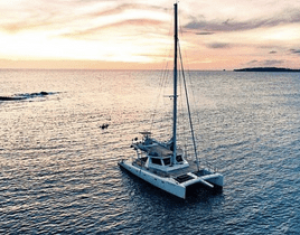
Sailing in Trincomalee or Pasikudah
Sri Lanka’s east coast is a paradise of soft, white sands and turquoise waves; tranquil palm-fringed beaches that will enchant those seeking romance, relaxation or anyone looking to indulge in some exhilarating water-sports.
Set out from Pasikudah or Trincomalee in the Topaz, a private catamaran operated by an experienced international crew, and sailing towards a collection of spectacular private coves where you can enjoy a spot of snorkelling through the colourful reefs which surround them, swimming or stand-up paddle boarding. You will also have the opportunity to take the helm and learn some sailing techniques. This experience, although split into morning and afternoon sessions, lasts a full day – laze about on deck and enjoy the rush of sailing as the sun beams down.
Duration: 2 hours
Best Time: June to September
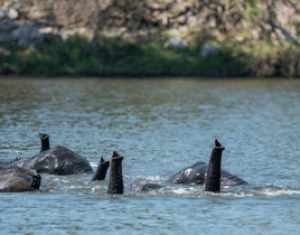
Gal Oya National Park
Spend time in Gal Oya National Park, in the remote east of the island, and you are truly off the tourist trail. Savour the silence as you take a boat safari on the biggest reservoir in Sri Lanka, and picnic on Bird Island, or one of the other tiny scattered islands, while the solitude is interrupted only by the sound of birdsong. Gal Oya takes time to get to but the rewards for the nature lover can be considerable.
Jeep safaris are also possible on two tracks as you hope to catch the sight of elephants and leopards.
*Another exhilarating activity at Gal Oya is the ascent to the summit of Monkey Mountain, a fairly tough two-hour hike that rewards climbers with mesmerising views of Gal Oya National Park from the top of the peak.
Duration: 2 hours
Best Time: March to July
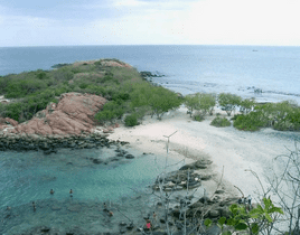
Pigeon Island
Pigeon Island, located in Sri Lanka’s Trincomalee region, is named after the Blue Rock Pigeon, which breeds there. It is one of the country’s two marine national parks and is composed of two small islands that are easily accessible by boat from Nilaveli’s coastline. The islands are known for their excellent snorkeling opportunities, as they are surrounded by coral reefs and soft coral. These habitats support a diverse range of fish species, including the Blacktip Reef Shark. Additionally, the islands are home to several endangered marine turtle species, such as the Hawksbill, Green, and Olive Ridley turtles.
Duration: 2 hours
Best Time: May to October
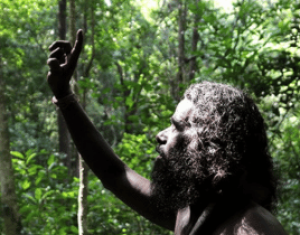
Walk with the Veddas
The Vedda people of Sri Lanka are considered to be the original inhabitants of the island and are closely related to the Balangoda Man, a prehistoric human who lived thousands of years ago. The Veddas are an indigenous minority group that resides in small forest communities, separate from the rest of the population of Sri Lanka. They traditionally lived in close-knit groups in caves within dense jungles. The Veddas refer to themselves as “forest-dwellers” and have a unique way of life, with some living in mud houses hidden in various forest areas across the island. Although some Veddas have integrated into modern society, there are still a few who maintain a traditional lifestyle without access to modern amenities such as electricity and the internet. The Vedda population constitutes only a small proportion of Sri Lanka’s total population.
Duration: 3 hours
Best Time: Year-round
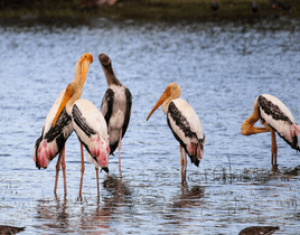
Kumana National Park
Kumana National Park is a birders’ paradise. Hidden away in the south-east of Sri Lanka, it was one known as East Yala, but it is best approached from the laid-back coastal settlement of Arugam Bay on Sri Lanka’s East Coast. This is a chance to escape the hordes and discover a place of natural beauty.
Kumana houses one of the finest bird sanctuaries in Sri Lanka, established in 1938. Its mangrove swamp provides an ideal nesting ground for many species of birds. It is at its finest between May and July when many water birds migrate to its mangrove swamps to nest. Around 255 of Sri Lanka’s 400 bird species have been recorded here.
Duration: 2 hours
Best Time: February to July


